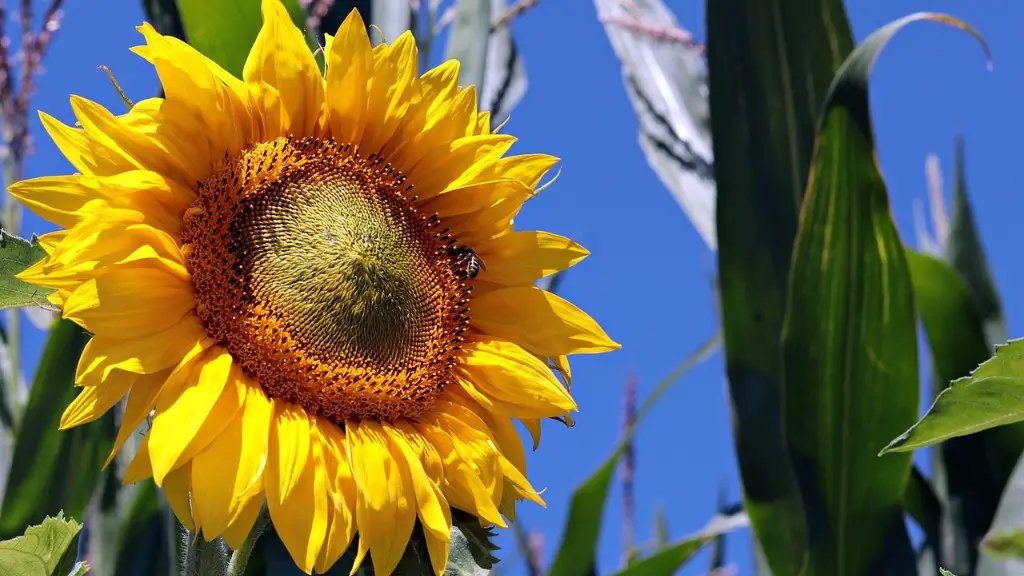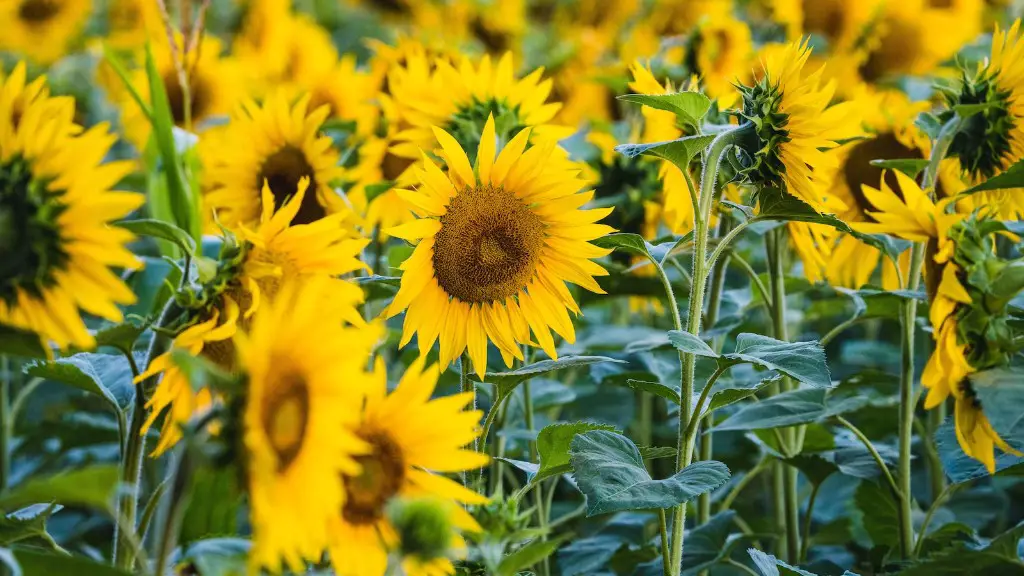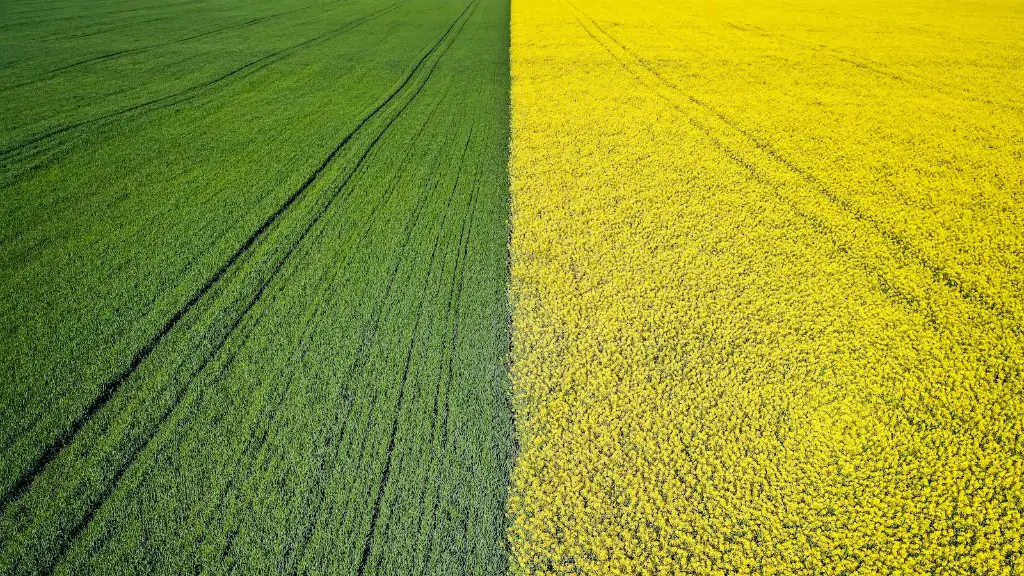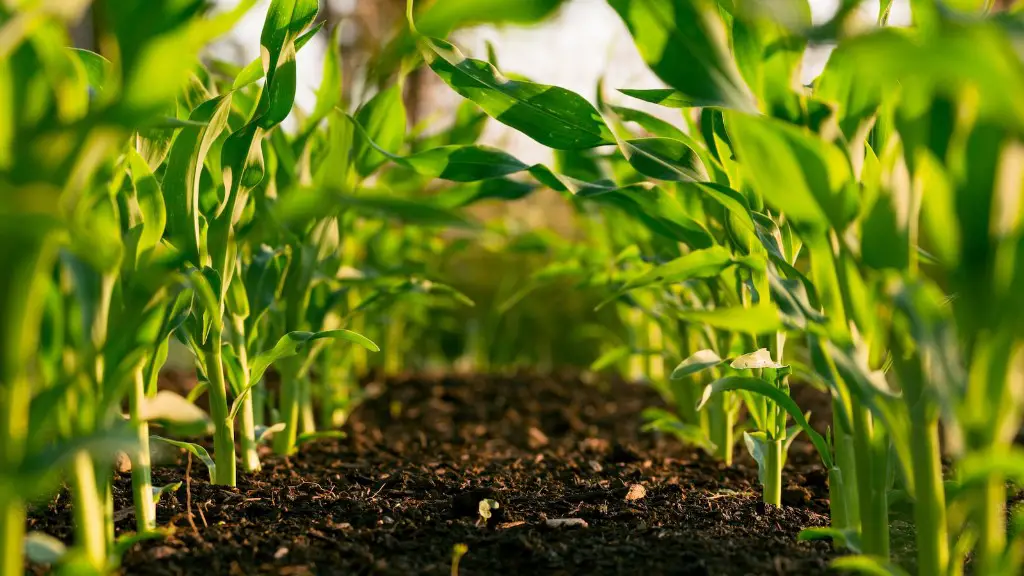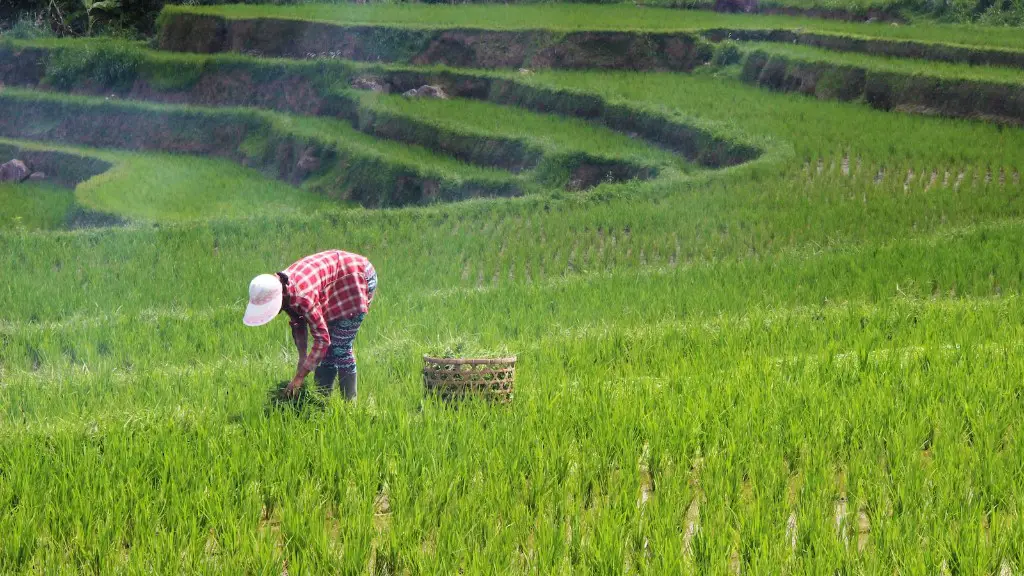South Africa’s agricultural production is severely impacted by droughts. In some areas, climate change has contributed to less rainfall, which contributes to an increased risk of drought. Droughts occur naturally and can last for several months or even years. This period of dryness with sparse rainfall profoundly affects agricultural production, resulting in reduced yields, decreased production capacity and lowered profitability.
The most immediate effect of a drought is a decrease in water availability for irrigation. Many farmers rely on irrigation to guarantee crops will have sufficient amounts of water, but during a drought irrigation is limited. This can have a devastating effect on crop production and livestock yields. When water is scarce, it can also increase competition between livestock and crops, thus affecting the overall yield of both. Furthermore, lack of access to water means farmers cannot carry out essential agricultural operations such as sowing and harvesting.
Apart from the decreased access to water, decreased precipitation also affects the soil fertility. Low amounts of rainfall can cause nutrients to become depleted and the soil to become degraded. This affects the crops’ ability to thrive, leading to smaller yields or even crop death. Low soil moisture levels can also make it difficult for farmers to cultivate land and fertilise it, which further affects yields.
Another effect of drought on agriculture is the increasing intensity of certain pests and diseases. As crops and livestock alike become more vulnerable to starvation and dehydration, they become increasingly susceptible to diseases and pests, leading to further losses of production. This can adversely affect the yields, reducing the profitability of the farmers.
Overall, droughts have a very disruptive influence on agricultural production in South Africa. They are a major cause of crop failure, decrease in farming profitability and even conflicts between farmers. Farmers who depend solely on rain for irrigation can suffer major losses due to decreased water availability. Additionally, soil infertility and increasing pest outbreaks can further decrease the yields of the crops and livestock. As a result, it is important for farmers to prepare for drought and put contingency plans in place in order to minimise the losses and protect their livelihoods.
Effects on the Economy
Drought in South Africa has significant implications for the economy. Agriculture is a major contributor to the country’s GDP and the reduced yields due to drought can have a significant impact on the GDP. Furthermore, with lower yields, the costs for certain foods may increase and this can have a ripple effect on the cost of living, as other sectors are affected by the rise in food prices.
The severe effects of long-term droughts are also exacerbated by the fact that it is difficult for affected populations to recover. Low yields result in a decrease of income, while costs of living remain high. Further to this, the damage done to the soil means that less food can be produced in the future and the risk of ongoing poverty increases.
The economic impacts are also present in agricultural exports. This is due to the fact that current agricultural exports are highly reliant on good harvests and with fewer yields, the country’s export potential is limited. This affects both farmers and the economy at large, as fewer exports translates to fewer jobs and decreased revenue from exports.
Finally, increased occurrences of drought have the potential to create a humanitarian crisis, which in turn compounds the economic crisis. When farmers are unable to produce food and feed their families, it can necessitate relief efforts from the government, thus increasing government spending and adding to the already existing financial burden.
Effects on Water Supply
The effects of drought on water supply are far-reaching and can have negative implications for society. The most obvious effects of drought on water supply are the decreased availability of potable water and the need for water rationing. This is due to the fact that during a drought people and livestock consume more water than usual and with fewer sources of water, the existing water supplies become stretched and limited.
Furthermore, the prolonged drought periods contribute to water scarcity, as existing sources are not replenished due to the lack of rainfall. This exacerbates existing water shortages, as the limited water resources further deplete. Additionally, lowered water levels also decrease the water-flow from rivers and streams, further limiting access.
Apart from the scarcity of water, lowered water levels can also lead to reduced power generation. This is due to the fact that some power plants rely on water to run their turbines, but with lower river levels, their efficiency decreases. As a result, there is decreased capacity for electricity generation, leading to more power outages during dry periods. In extreme cases, during prolonged drought periods, it can lead to a complete shutdown of power plants, which can have wide-reaching effects.
In conclusion, drought can have severe and far-reaching effects on the water supply in South Africa, leading to water shortages, water rationing and a decrease in power generation capacity. To mitigate these effects, it is essential to ensure a sustainable management of water resources and develop policies to ensure that there is a secure supply of water during drought periods.
Impact on Livestock
Drought can have severe effects on livestock farming in South Africa. As mentioned earlier, decreased water availability resulting from the drought can have a devastating effect on livestock. Not only is water necessary for drinking water, but also for other operations such as subsistence farming, which relies on livestock for food.
Furthermore, during droughts, livestock grazing lands can become sparse due to the lack of vegetation and greenery. This not only affects the ability of livestock to graze, but also the productivity of the land itself, as herds may travel further distances in search of greens.
When water is in short supply, cattle and other livestock become more prone to diseases due to a lack of hygiene or access to clean water. Further to this, the stresses of dehydration, hunger and disease makes them more susceptible to predators.
Finally, increased competition between livestock and crops can contribute to decreased yields. When there is not enough water, both crops and livestock compete for the remaining resources, which can lead to decreased yields of both.
To conclude, the effects of drought on livestock can be severe, leading to losses of production and even animal death. It is thus essential for farmers to ensure that their livestock have access to sufficient sources of water in order to ensure the survival and productivity of their herd.
Impact on Rural Communities
The impacts of drought can not only be felt by farmers and their livestock, but also by rural communities. This is due to the fact that rural communities rely heavily on subsistence farming and livestock, both of which are severely affected by drought.
The most immediate effect is a decrease in food production, leading to a shortage of food. This can create a humanitarian crisis, as people inside the community become more and more food insecure, unable to ensure their own subsistence. Communities often struggle to recover from a sudden decrease in food production, and the effects can be felt for years after the drought has ended.
Additionally, significant losses of production can also lead to an increase in unemployment. This is due to the fact that farmers are more likely to make layoffs during a drought in order to reduce their costs. With fewer people employed, it can become more difficult for communities to recover from the impacts of drought.
Furthermore, decreased livestock production can also lead to an increase in poverty. This is due to the fact that livestock farming is a main source of income for rural communities and a decrease in the productivity of the herds leads to a decrease in income. This in turn can lead to an increase in the levels of poverty, leading to more severe disruptions in the communities.
To sum up, the effects of drought can lead to severe disruptions to rural communities and an increase in poverty. It is essential for communities to ensure they can access sufficient sources of food and income in order to remain stable and prosperous during and after a drought.
